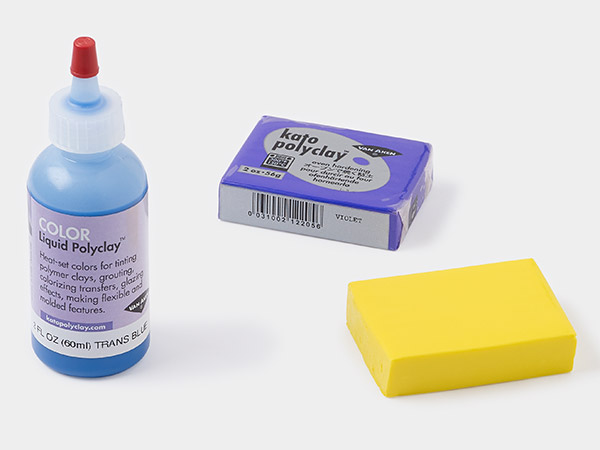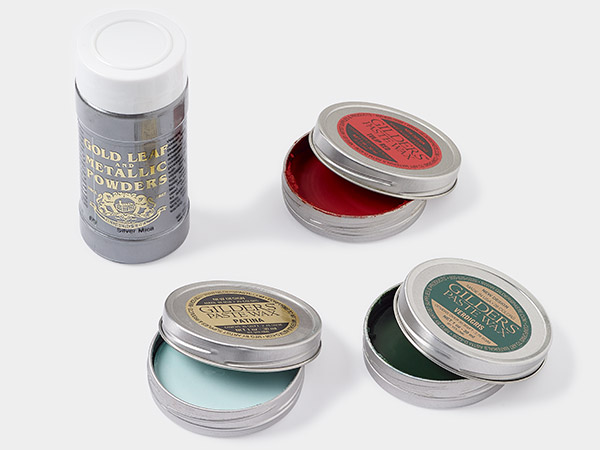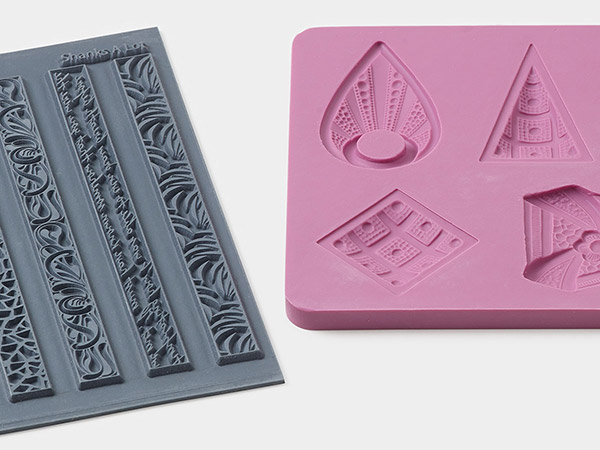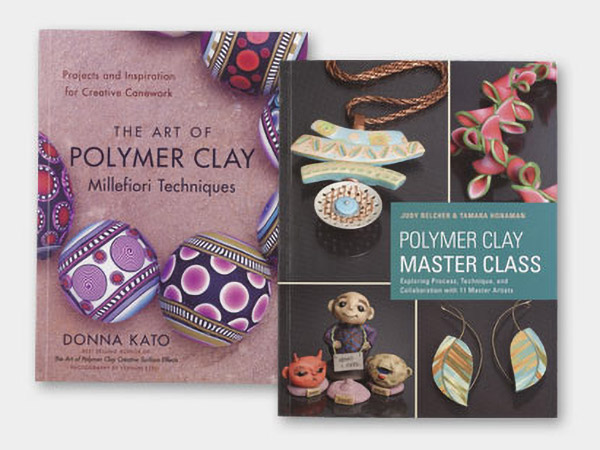Blending Colors in Polymer
by Tammy Honaman, Author, Jewelry-Making Expert and Educator,
Exclusively for Fire Mountain Gems and Beads®
Color was what originally attracted me to polymer clay. The colors available whetted my appetite and fueled my senses. As my interest in the medium grew, I found the need to blend colors. When creating items in a production style, it became difficult to get the colors to match from batch to batch—my notes were just not good enough (if I kept notes, that is).
When I came across Donna Kato's color chart, I was ecstatic! And as I created color chips to represent the color chart, my appetite fueled and fired up all over again. The colors, the process, the beauty of the chips altogether, was just a delight to my brain.
And now, with my chips always at the ready, it is very easy to figure out a color I need and with the number reference clearly marked on the chips, easy to know the proper formula to make that color. Thank you, Donna! If you have not made your own color chips, I encourage you to do so. And if you belong to a polymer clay society or local group of polymer enthusiasts, this process makes a great group project. Here's a quick scenario:
- Assign each person one row of color.
- Have each person make enough of each color to share with everyone in the group.
- Cut the colors out using a shape you all agree upon and be sure to cut a hole for stringing later.
- Label the chips using letter and number stamps.
- Bake according to package instructions.
- Share then string on chain or cording of your choice.
Soon, you will all have a complete library of colors to use as your own, and be in business the next time you need to find just the right shade or blend to go with a project, bead or, in the case of the Colorblock "Lunasoft Pendant," the cabochon.
by Donna Kato
Bar Design
Kato Polyclay™ are specially designed to facilitate color mixing. Because they are scored into 8 visible sections, Kato Polyclay bars can be easily cut into segments; this makes it easy to mix the correct amount of each color to create your desired mixture. When creating your own color recipes, cure a small sample that is big enough to write on. When cured, record the parts per color in your mixture, so you can reproduce the same color again.
The Kato Polyclay Mixing Chart makes creating the perfect color easy. The parts-per-color are represented by the two- or three-part ratio shown on each color square.
Standard Colors
These are the standard colors available in the Kato Polyclay line. Each of these colors has a solid outline and has an abbreviation of the color on its face. None of these color tiles have ratios.
Shaded Colors
Adding black to a color creates a shade, or darkened color. These colors are located on the bottom half of the color chart. The ratios given represent the parts of black, to the parts of the color, to the parts of white (which will always be 0 when creating a shade).
Tinted Colors
Adding white to a color creates a tint, or a lightened color. These colors are located above the line of standard and intermediate colors. The ratios given represent the parts of black (which will always be 0 when creating a tine), to the parts of the color, to the parts of white.
Intermediate Colors
Mixing two standard colors creates an intermediate color. These colors are outlined with a dashed white line. Each of these color tiles has an abbreviation of the two colors used to create them, and a ratio of these colors.
Tints and shades for red-orange are mixtures of this intermediate color with white or black
Greyscale Colors
Mixing white and black in different amounts creates greyscale colors. The ratio given for these colors is always parts black to parts white.
Now that you know how to mix up a rainbow of inspiring colors, you can create some truly amazing polymer clay creations.
Shop for Your Materials Here:
Have a question regarding this project? Email Customer Service.
Copyright Permissions
All works of authorship (articles, videos, tutorials and other creative works) are from the Fire Mountain Gems and Beads® Collection, and permission to copy is granted for non-commercial educational purposes only. All other reproduction requires written permission. For more information, please email copyrightpermission@firemtn.com.











